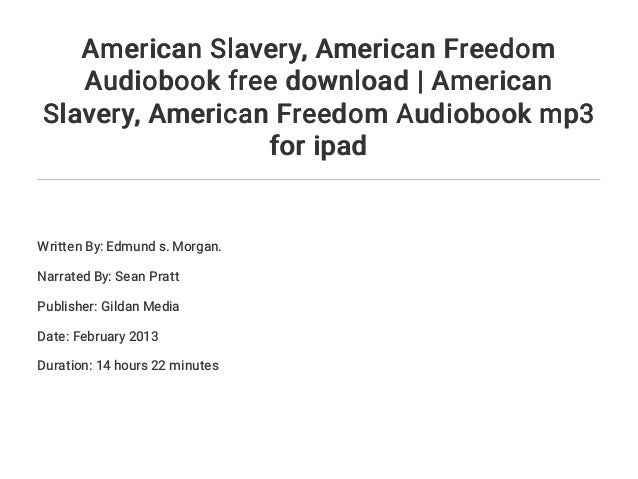
In 1676 all these forces came to a head in Bacon’s Rebellion. At the same time, everyone was scared to death of the Indians (even though the English far outnumbered them by this point). And it created a powderkeg of angry freemen with nowhere to go. This was not a minor thing, especially when combined with a crushing tax burden from the insanely lavish and self-enriching colonial government. Either way, the master keeps making money despite his servants gaining their freedom. The result: your former servants will either end up paying you rent (when they become a tenant on your land), or be unable to make it on their own at all and become dependents again. The answer: buy up as much land as possible, so new freemen can no longer get land of their own (or can only get it with great difficulty). So if you’re a master looking to stay wealthy and prevent competition, what do you do? At that point, their master not only loses a source of income, but the ex-servant can go acquire land of his own and maybe even begin to compete with his old master.
#AMERICAN SLAVERY AMERICAN FREEDOM FREE DOWNLOAD FREE#
Servants and therefore labor, rather than land (which was abundant and cheap), were a primary form of wealth – except of course, an indentured servant eventually becomes free at the end of his term. Most relevant to the subject of the book is the exploitation of servants. Better to stick to Pocahontas and cute Thanksgiving turkeys. Shockingly high death rates massive personal enrichment via government corruption and continued exploitation at every turn. If you’ve ever wondered why colonial history between Jamestown and the Revolution is either just skipped or focused on New England instead (for all the Puritans’ issues, their society was far more stable), I can only assume this is why. Institutionalized race-based slavery as the backbone of the economy was still decades away, but all the ingredients that later combined to create it were there: racism (against the Indians first) abundant land and an exploited, poor underclass (white indentured servants at the beginning).īasically, everything gets more and more sordid from there. Morgan begins by going over early, aspirational plans for Virginia – which, while pretty flagrantly colonialist, did not include slavery – and documents how these quickly gave way to widespread exploitation instead. (There’s also an interesting, if a bit granular and math-y, appendix on population trends through 1700.) (Be warned: it’s rather dense if you’re not used to reading academic history.) By the end, though, Morgan has made his point, with a mountain of evidence to back him up: racism played a huge and unique role in the history of the US. However, since Morgan spends about three-quarters of the book explaining the conditions that made slavery possible – and profitable – this reads more like an economic, population and labor history of 17 th century Virginia most of the time. You might think, based on that and the title, that the book is primarily about slavery. How republican freedom came to be supported, at least in large part, by its opposite, slavery, is the subject of this book. Morgan states his premise up front in the preface: That may have been the case in 1975, but suffice it to say it’s not anymore.) The big picture, however, still holds true.

(For instance, he says Thomas Jefferson’s relationship with Sally Hemings is based only on circumstantial evidence. I’ve enjoyed some of Edmund Morgan’s other work ( Visible Saints and The Puritan Family), though I suspect he is mildly out of date in places by now.

I got this book for Christmas and finally got around to reading it.


 0 kommentar(er)
0 kommentar(er)
